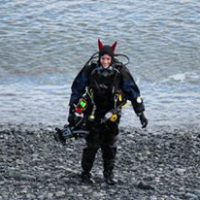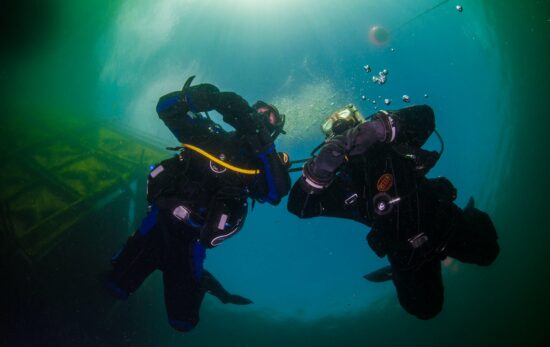Image: Nautilus Two
In this recent article, we shared advice on what to expect when planning your first liveaboard trip. Our tips don’t stop there, though, so here are another ten worth noting down:
- On arrival, your dive guide will provide a boat orientation, and this should include where to find emergency and first aid equipment. If not, don’t be afraid to ask. If you smoke, check where the designated smoking areas are — lighting up in cabins is a big no-no!
- Hydrate, hydrate, hydrate, and don’t forget to pack any medication you need; there’s no pharmacy out at sea. If you’re prone to seasickness, you might want to reconsider a liveaboard, but if you’re determined to beat it, try some of these remedies.
- Liveaboards can be pretty exhausting, with sunrise starts and multiple dives. It’s not the time or place for a fuzzy head, so many divers choose early nights and save the partying for when diving has finished. If you’re up late, be considerate to those who may be trying to sleep.
- Being at sea, things can get rough, and objects might slide and fall off tables. Be especially mindful of fragile items and hot drinks!
- With so much time underwater, upgrading to Enriched Air Nitrox can pay dividends on a liveaboard trip. It helps to extend your No Decompression Limits over repetitive dives, and many divers say they feel less tired compared to diving on regular Air.
- Your cabin may only have one or two power points, which you may need to share with someone else. If you’ve got phones, cameras, dive torches or other electrical devices, it’s worth packing plenty of spare batteries so you’ve got more time to charge things up.
- The ocean’s reflections intensify harmful UV rays, so keep applying reef-friendly sun screen. Always pack a warm jumper, as it can get breezy at night or while cruising at sea.
- If you’re booking your flights and liveaboard separately, remember that for dives within No Decompression Limits, a surface interval of at least 18 hours is recommended between your last dive and flying.
- Many liveaboard trips require divers to use (D)SMBs for safety (such as boat traffic or currents). If that’s the case, make sure you know how to deploy one, and get lots of practice before you leave home.
- If you’re looking for something special, why not book a thematic liveaboard trip, where on-board experts deliver talks and tuition on all sorts of topics, from photography and technical diving, to shark conservation and wrecks.
Ready to book your first liveaboard? Visit PADI Travel for expert advice and exclusive packages.


